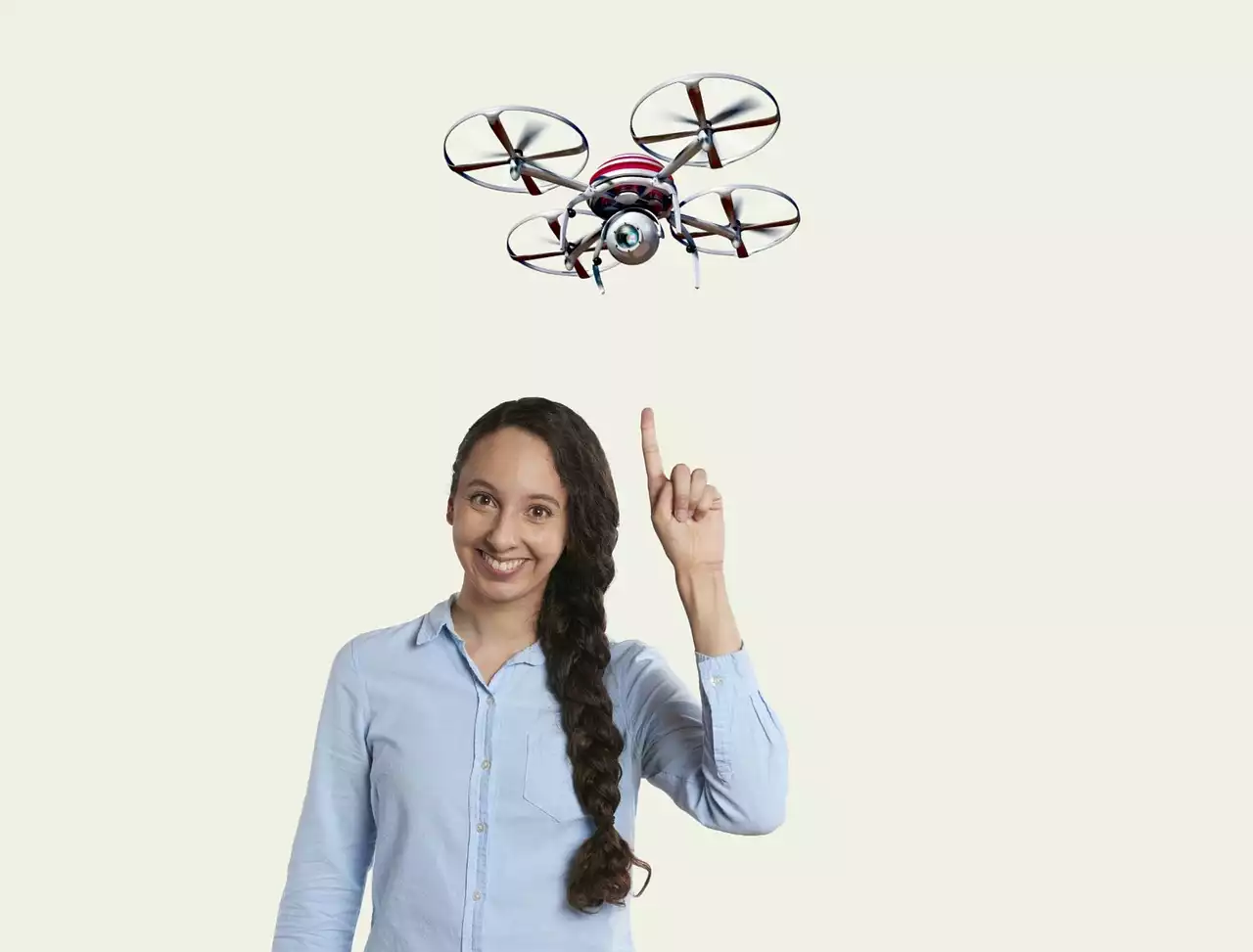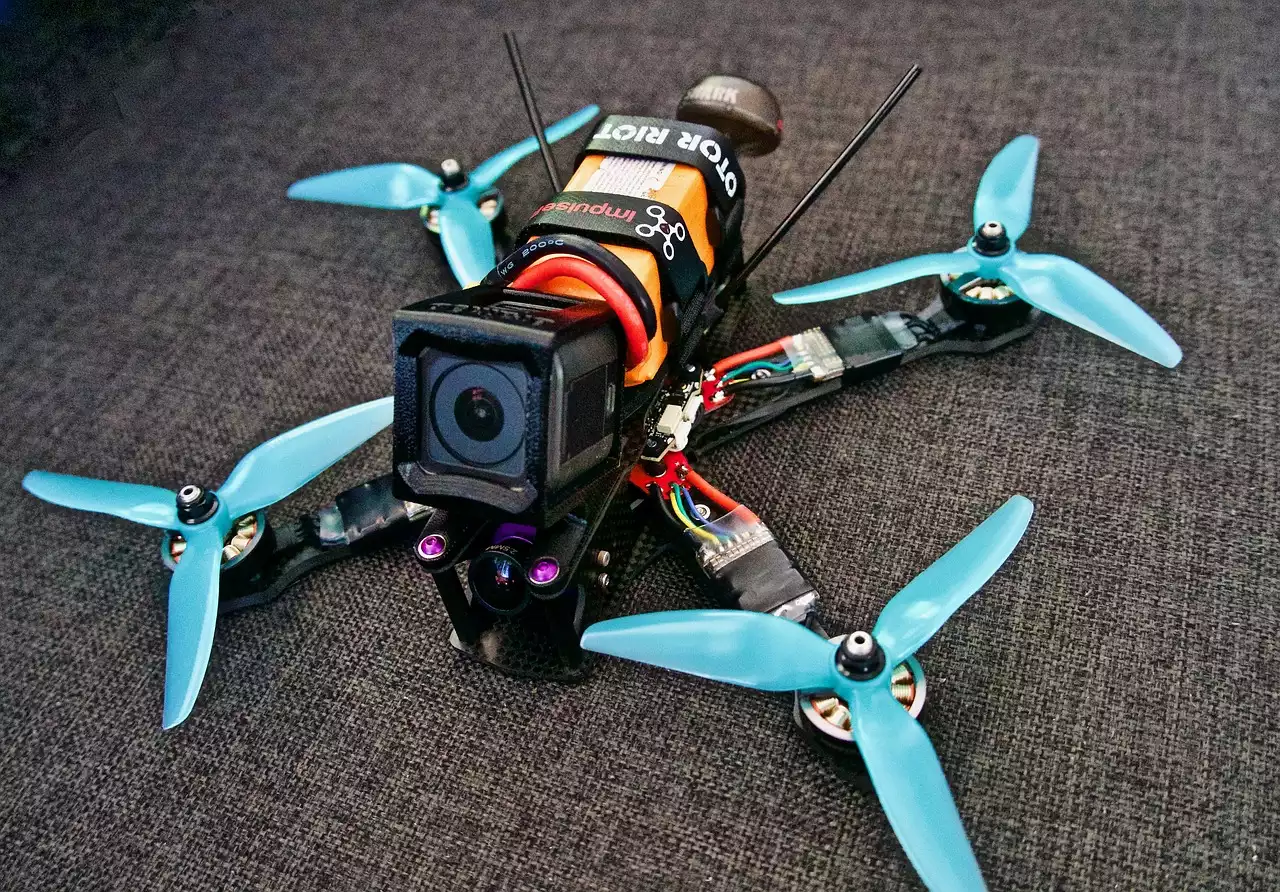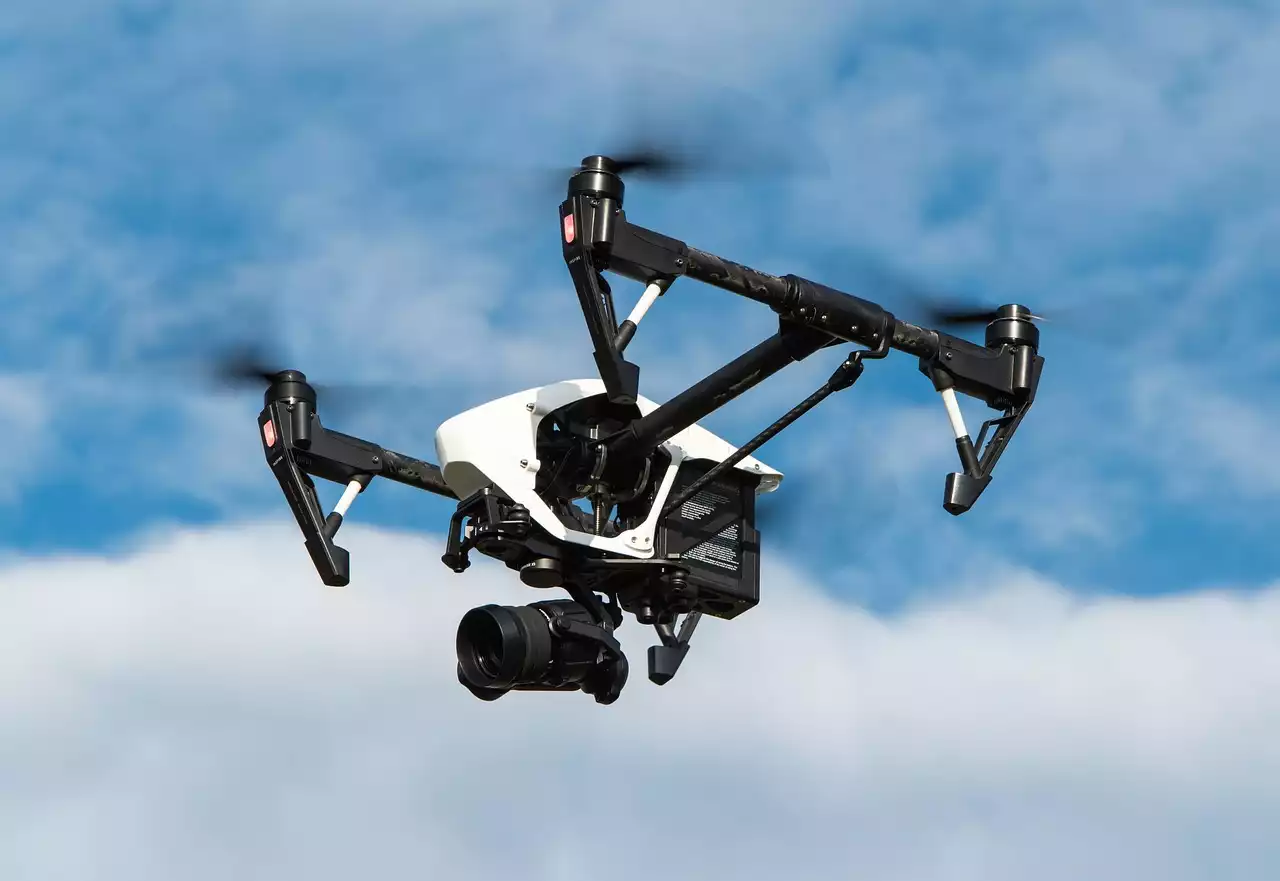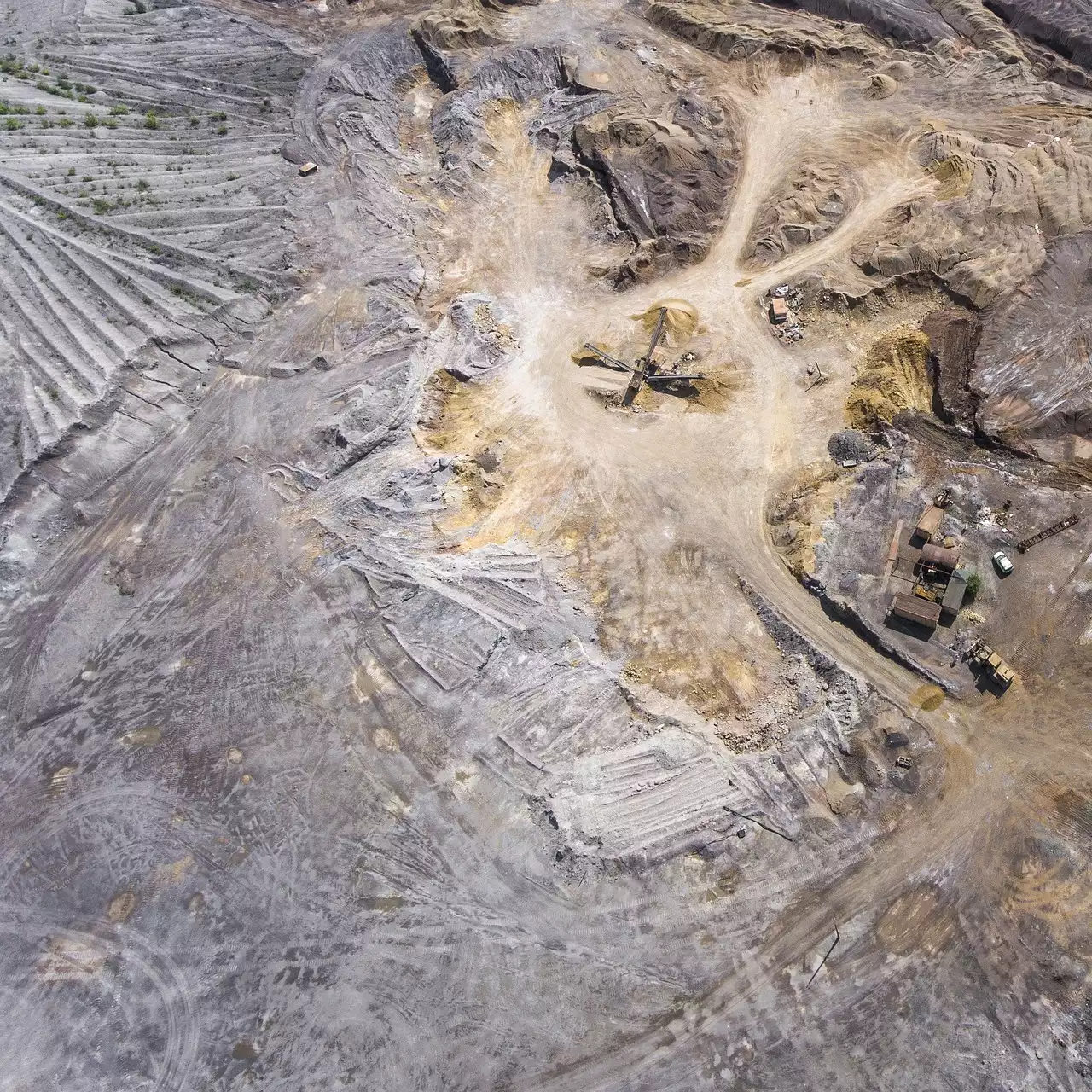Pre-Flight Checklist
Before attempting to fly your drone, ensure you have all of the required items and components. With the ever-growing number of drones on the market, it’s vital that you know precisely what you’re trying to fly. Make sure you have your drone, a battery capable of providing the required power, protective eyewear, a drone landing pad, remote controller and a charging cable. With your pre-flight checklist complete, you can now begin the fun part of drone flying. Pre-flight planning is crucial for safe and successful drone flights, and it’s up to you to ensure your checklist is followed.
Know the Controls
The first step to controlling your drone is learning the controls. The controls for drones can be confusing at first, as there are many different options. The controls will slightly vary based on the drone model you are using, but they all have a similar process. Understanding the controls will not only make you a better pilot, but it will also keep your drone safe. To begin, you need to understand the different parts of a drone and how they work. Next, you will want to understand how to assemble, charge, and disassemble your drone. Your drone operates using a remote controller, and it’s the remote controller that holds all of the components together. The remote controller is what you need to be aware of and keep safe. From the control stick to the button, the drone remote controller is what you need to be aware of and keep safe.
Understand the Basics of Drone Flight
While you may know the controls for your drone, keeping up with the basics of drone flight will better help you control your drone. With the basics of drone flight under your belt, you will be able to quickly troubleshoot any issues with your drone. Make sure your drone is charged and ready to go. If possible, fly your drone during the day as this will help you to see your drone. In an emergency, you will be able to locate your drone faster if you fly your drone during the day. While flying during the day is convenient, it is essential that you fly your drone in good weather conditions. Some of the worst conditions to fly in are rain, wind, and snow. The best conditions to fly in are sunny skies, calm winds, and warm temperatures.
Practice in a Safe Environment
The best way to learn the basics of drone flight is to practice in a safe environment. Building your drone skills will allow you to control your drone in any environment. If you are looking for a practice environment, you can fly your drone in your backyard. However, you should be aware that regulations prohibit drone flights in most cities. If possible, you should look for a remote area with little to no regulations. If you aren’t able to build a safe practice environment, it’s always a good idea to take a virtual flight lesson. There are many online drone flight schools that provide virtual training, which are great for beginners.
Fly in Good Weather Conditions
When attempting to practice in different weather conditions, it is essential that you fly in good weather conditions. When practicing in inclement weather, it’s possible that your drone will malfunction. In the event that your drone experiences a malfunction, it’s possible that it will be too dangerous to fly. In order to ensure safe and successful drone flights, it’s essential that you practice in good weather conditions. Sunny skies, calm winds, and warm temperatures are the best conditions to practice in. If it’s possible, you should fly your drone during the day when conditions are a bit more forgiving. When practicing in bad weather conditions, it’s essential that you fly in a safe and controlled fashion.
Understand the Rules and Regulations
You may have already known the rules and regulations for flying a drone, but it’s essential that you understand them. Drone operators must abide by a number of rules and regulations when operating a drone. Some of the regulations that apply to drone operators include operating your drone within the law and not interfering with aircraft. Depending on where you live and the rules and regulations in your city, you may be required to register your drone. If you aren’t aware of the rules and regulations where you live, it’s essential that you become familiar with them.
Utilize a Flight Simulator
A flight simulator can provide you with an excellent way to practice controlling your drone. Many drones are now equipped with flight simulators. By using a flight simulator, you can practice flying your drone outside of fear of damage to your drone. Many flight simulators are equipped with a virtual environment that simulates the real world. If you don’t have access to a flight simulator, you can always practice controlling your drone in a virtual environment. Many drone flight schools provide virtual training, which are great for beginners.
Practice Flight Maneuvers
A great way to practice controlling your drone is to practice flight maneuvers. A flight maneuver is a specific technique used to move your drone in a certain direction. The most common flight maneuvers are takeoff, flight, landing and return to home. While practicing flight maneuvers, you can ensure your drone is safely in place before returning it to its takeoff point. When practicing flight maneuvers, it’s important that you turn off your drone and remove the battery. This will ensure that if your drone malfunctions while in the air, you won’t be severely injured.
Utilize a Range Extender
If you’re unable to practice in a safe environment, or you prefer practicing from the ground, there are a few options for you. One option, that works especially well for beginners, is the range extender. The range extender is designed to extend the range of your drone by increasing the distance between your drone and the remote controller. This will allow you to safely practice controlling your drone, without the risk of damage. The range extender is an essential tool, especially for beginners. Even if you practice in a safe environment, it’s essential that you utilize the range extender.









